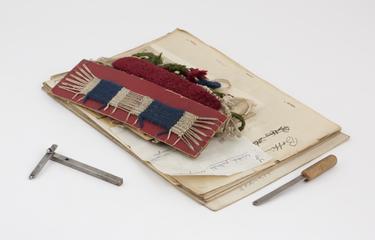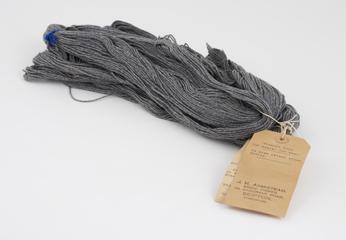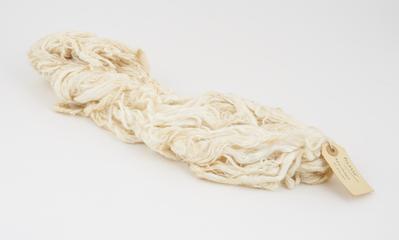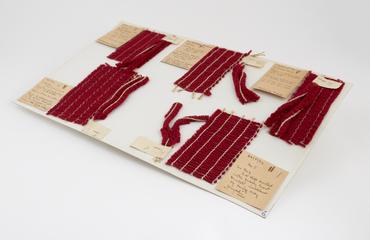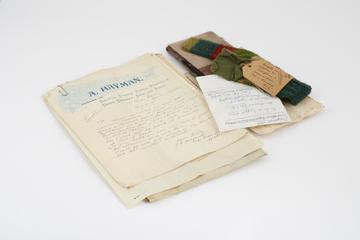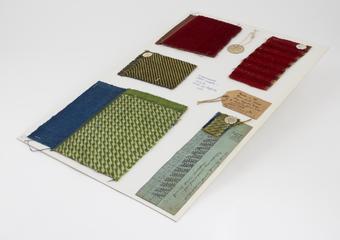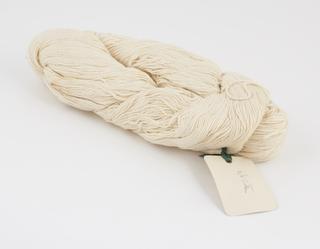
James Morton 1867 - 1943
James Morton was the son of Alexander Morton (1844-1923), a textile manufacturer from whom James inherited the family business.
He was born in Darvel, Ayrshire on the 23rd of March 1867 and was the second son of Alexander. His father founded the weaving company Alexander Morton and Company in the late 19th century. He did not go to university but instead trained to be a chemist in Carlisle.
James and his wife Beatrice Emily Fagan were disciples of the Arts and Crafts Movement. The ideas of William Morris directed Morton’s approach to dyeing.
In the early 1900s, after despairing at how the colours of his dyed textiles had faded after spending just one week on display in the shop window of Liberty’s of London, Morton resolved to create dyes whose colours would last. Morton sought to do this even if it meant limiting the colour palette that had been expanding since William Henry Perkins’ discovery of mauveine in 1856.
Morton began tests. He tested samples of his own dyed fabric but also of his competitors, not just in Scotland and England but also in Germany and France. First, he exposed the samples to sunlight on his greenhouse at his home in Penrith. He found that deep shades would turn almost white in a week.
He then sent samples to his brother, Patrick Fagan, who worked for the British civil service in colonial India. He asked Patrick to leave the samples on the roof of his house in the full blaze of the sun for eight weeks.
As he did not know much about the chemical composition of dyes, Morton employed a young chemist, John Christie, from Alexandria in West Dunbartonshire. Christie set about developing recipes for dyes based on those that had best survived exposure to the sun.
Morton marketed the dyes to high-end fashion stores like Burberry and Liberty’s based on the quality of the dyes – they were dyes that would not fade. Adverts for Burberry that appeared in high society magazines such as “Queen” and “Field”, boasted that their dyes (supplied by Morton) were “indelible.” That they could be exposed to sun or snow and would not fade. They even mention Morton’s experiments, making reference to the fabrics being left “for 28 weeks on a housetop in India under full blaze of the tropical sun.”
Morton spoke of the palette he and Christie had developed as “modest” but “reliable” in comparison to what had come before. He renamed his company “Sundour,” taken from the Scots term “dour” which can be translated as stubborn – Morton’s dyes would not be moved by the sun.
In 1930, he was elected a fellow of the Royal Society of Edinburgh and in June 1946 he was knighted by King George VI. He died in 1943 at Dalston Hall near Carlisle.
